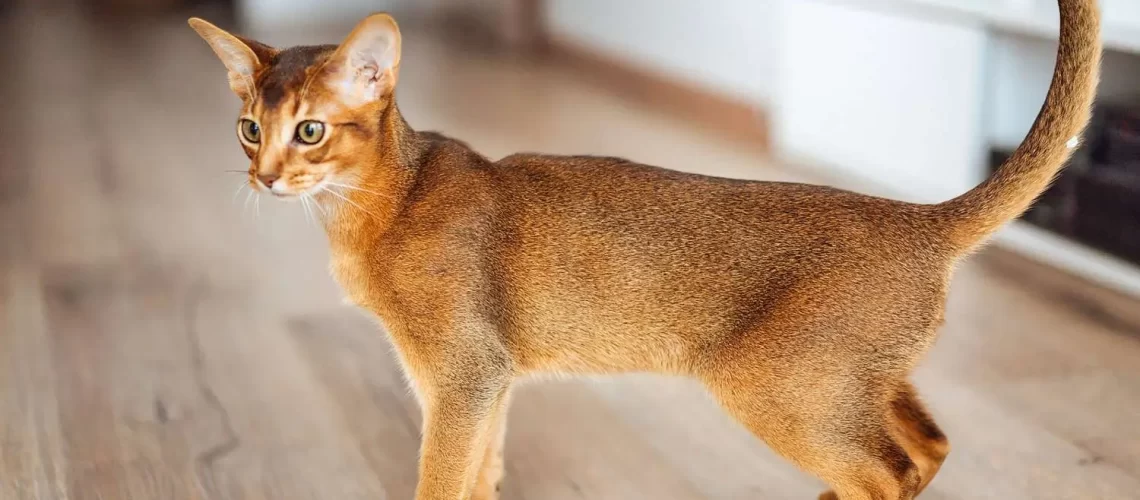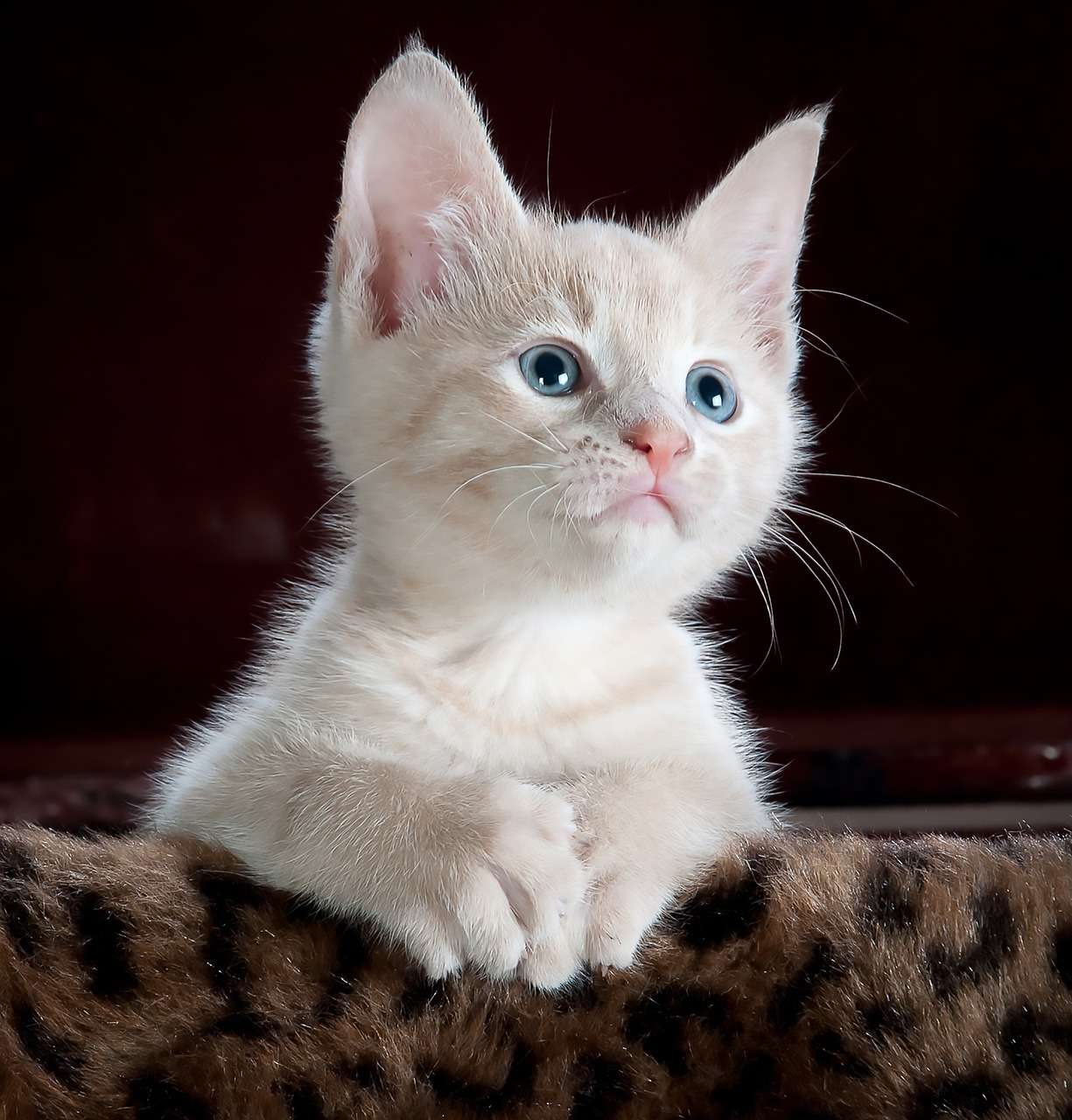Are you curious about the fascinating changes that occur during a cat's main stages of life? Exploring this subject will not only provide you with valuable insights into your feline companion, but it will also deepen your bond and enhance the overall well-being of your furry friend. Understanding these stages is essential for any cat owner who wants to provide the best possible care throughout their pet's life.
From the adorable and playful kitten phase to the regal and independent adult stage, each period brings its own unique set of transformations. By delving into this topic, you'll gain a deeper appreciation for the remarkable journey that cats go through as they grow and mature. So, let's embark on this enlightening exploration together!
Key Takeaways:
- Cats go through several distinct stages of life, including kittenhood, adolescence, adulthood, and senior years.
- Kittens are highly energetic and curious, requiring plenty of playtime and socialization to develop properly.
- During adolescence, cats may exhibit more independent behavior and may become more territorial.
- Adult cats are generally more settled and less active than kittens or adolescent cats.
- In their senior years, cats may experience age-related health issues such as arthritis or dental problems, requiring special care and attention.
Main Stages of a Cat's Life
Cats go through different stages as they grow from kittens to adults. These stages are important for their development and behavior. The main stages of a cat's life include:
Kittenhood
During the first few weeks of their lives, kittens are completely dependent on their mother for food and care. They spend most of their time sleeping and nursing. As they grow, they start exploring their surroundings and playing with their littermates.
Adolescence
Around 6 months old, kittens enter adolescence. This is a period of rapid growth and development. They become more independent and may start testing boundaries. They have lots of energy and enjoy playing and climbing. It's important to provide them with plenty of toys and activities to keep them engaged.
Adulthood
By the age of 1-2 years, cats reach adulthood. They are fully grown physically and sexually mature. Adult cats tend to be more settled in their behavior compared to kittens. They establish routines, mark territories, and may become more selective about who they interact with.
Differences in Behavior Between Kittens and Adult Cats
Kittens have a playful and curious nature which is different from adult cats' behavior. Here are some key differences:
Energy Levels
- Kittens have high energy levels and love to play all day long.
- Adult cats have lower energy levels but still enjoy playtime.
Socialization
- Kittens are more social and open to meeting new people or animals.
- Adult cats may be more reserved or cautious around strangers.
Independence
- Kittens rely on their mother and littermates for care and guidance.
- Adult cats are more independent and can take care of themselves.
Physical Changes as a Cat Grows from Kitten to Adult
Cats undergo various physical changes as they transition from kittens to adults. These changes are part of their natural growth process. Here are some common physical changes:
Growth Spurts
Kittens experience rapid growth during the first year of their lives. They go from tiny, fragile creatures to fully-grown cats. Their bones and muscles develop, and they gain weight quickly.
Dental Development
Kittens start getting their baby teeth around 2-4 weeks old. As they grow, these baby teeth fall out, making way for their permanent adult teeth. By the time they reach adulthood, cats have a full set of 30 teeth.
Changing Nutritional Needs of Cats as They Age
Cats' nutritional needs evolve as they progress through different life stages. Providing the right food is crucial for their health and well-being. Here's how their nutritional needs change:
Kitten Nutrition
Kittens require a diet that supports their rapid growth and development. They need higher levels of protein, fat, vitamins, and minerals compared to adult cats. Kitten-specific formulas or foods labeled "for all life stages" provide the necessary nutrients.
Adult Cat Nutrition
Once cats reach adulthood, their nutritional needs change. They require a balanced diet that maintains their overall health without excessive calories. Adult cat foods usually contain moderate levels of protein, fat, and carbohydrates.
Senior Cat Nutrition
As cats enter their senior years (around 7-10 years old), their nutritional needs change again. Older cats may benefit from diets formulated for senior cats, which address specific age-related health concerns such as joint mobility or kidney function. These foods often contain lower levels of phosphorus and sodium to support kidney health.
Common Health Issues for Older Cats
As cats age, they become more prone to certain health issues. Regular veterinary check-ups are essential to catch any problems early. Here are some common health issues in older cats:
Arthritis
Arthritis is a degenerative joint disease that affects older cats. It causes pain, stiffness, and reduced mobility. Signs of arthritis include difficulty jumping or climbing stairs and reluctance to be touched in certain areas.
Dental Disease
Many older cats develop dental issues such as gum disease or tooth decay. Poor dental health can lead to pain, difficulty eating, and even systemic infections if left untreated.
Kidney Disease
Kidney disease is prevalent in older cats. It can cause symptoms like increased thirst and urination, weight loss, and decreased appetite. Early detection and proper management are crucial for maintaining the cat's quality of life.
Caring for Senior Cats: Ensuring Their Well-being
Caring for senior cats requires some special attention to ensure their well-being and comfort during their golden years:
Dietary Considerations
- Provide a balanced diet specifically formulated for senior cats.
- Avoid overfeeding or underfeeding; consult with a veterinarian to determine the appropriate portion size.
Regular Vet Check-ups
- Schedule regular veterinary visits to monitor the cat's overall health and catch any potential issues early.
- Discuss with the vet about screenings for common age-related conditions such as kidney disease or thyroid problems.
Environmental Adaptations
- Create a comfortable and safe environment for senior cats by providing soft bedding, easy access to litter boxes, and ramps or steps for climbing onto furniture.
- Ensure they have access to fresh water at all times to prevent dehydration.
Signs that Indicate a Cat is Approaching the End of Their Life
Recognizing signs that a cat is nearing the end of their life can help provide them with appropriate care and support during this difficult time:
Loss of Appetite
A significant decrease in appetite or refusal to eat can be a sign that a cat is nearing the end of their life. It's important to offer tempting, easily digestible food options and consult with a veterinarian.
Lack of Energy
If a cat becomes lethargic and shows little interest in activities they used to enjoy, it may indicate that their body is shutting down. Providing a quiet and comfortable space for them is essential.
Incontinence or Difficulty Breathing
Cats approaching the end of their life may experience incontinence or difficulty breathing. These symptoms require immediate veterinary attention to ensure the cat's comfort.
Remember, providing love, care, and comfort during this stage is crucial for your senior cat's well-being.
In conclusion, cats go through different stages of life just like humans do. From being a playful kitten to a mature adult cat, they experience physical and behavioral changes that are important for their overall development and well-being.
How do cats change as they age?
Older cats are generally less active compared to younger adult cats. They may have specific health concerns that need to be taken into account. Regular yearly check-ups with a veterinarian can help identify issues such as arthritis, weight problems, or dental issues, which are more prevalent in older cats. During their senior years, cats often sleep more, eat less, and are less active.
How does the cat suddenly change?
Changes in a cat's friendly behavior can result from stress and anxiety triggered by the introduction of a new pet or baby, changes in the household dynamics, a death or divorce, seasonal changes, moving to a new home, or experiencing pain and illness.
How do cats grow and develop?
By the time a kitten is 7 months old, it will have all of its adult teeth. At around 5-6 months old, a kitten is ready to be spayed or neutered. Kittens can start to resemble adult cats by 6 months of age, so it is important to provide them with proper nutrition for optimal health and development during their 12-month growth phase.
Do cats grow and change?
Cats mature at a faster rate than humans, but once they reach full physical and behavioral development around 3 years old, their outward appearance remains relatively unchanged for many years. They often still have a youthful appearance, making it challenging to determine the age of an adult cat.
What is the junior stage of a cat?
The Junior Cat Stage, which lasts from six months to two years, is similar to human adolescence. During this stage, cats undergo physical and sexual maturity and lose their kitten-like appearance. They also develop their true temperament and outgrow their playful personality.
Does a cats purr change with age?
The frequency at which individuals purr does not vary with age. Purring can happen at the same time as other vocalizations.

















